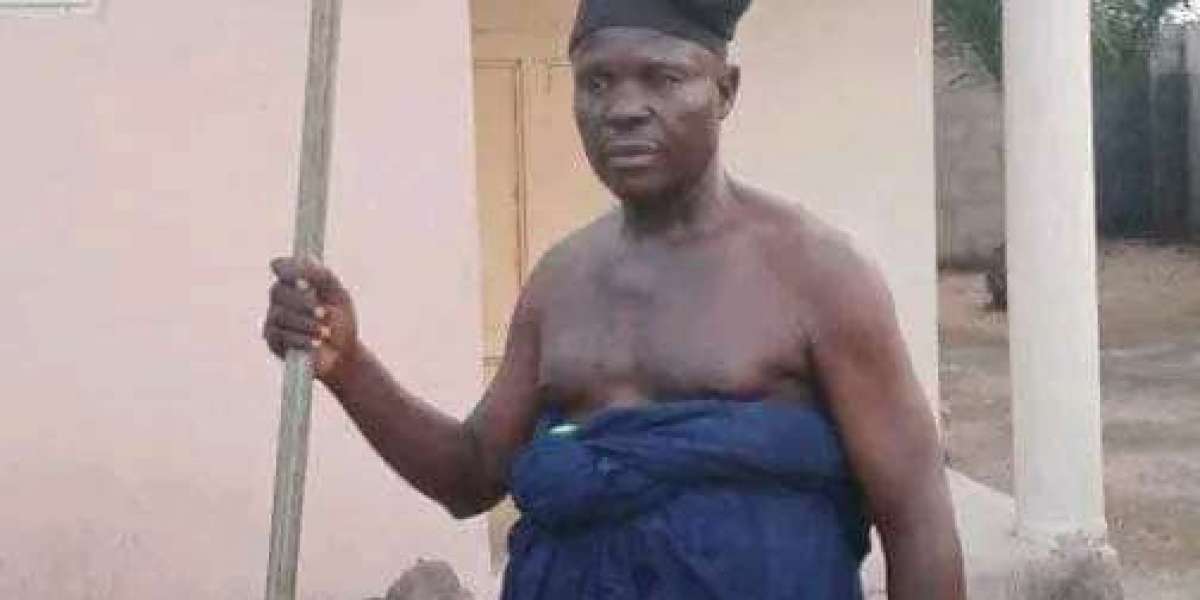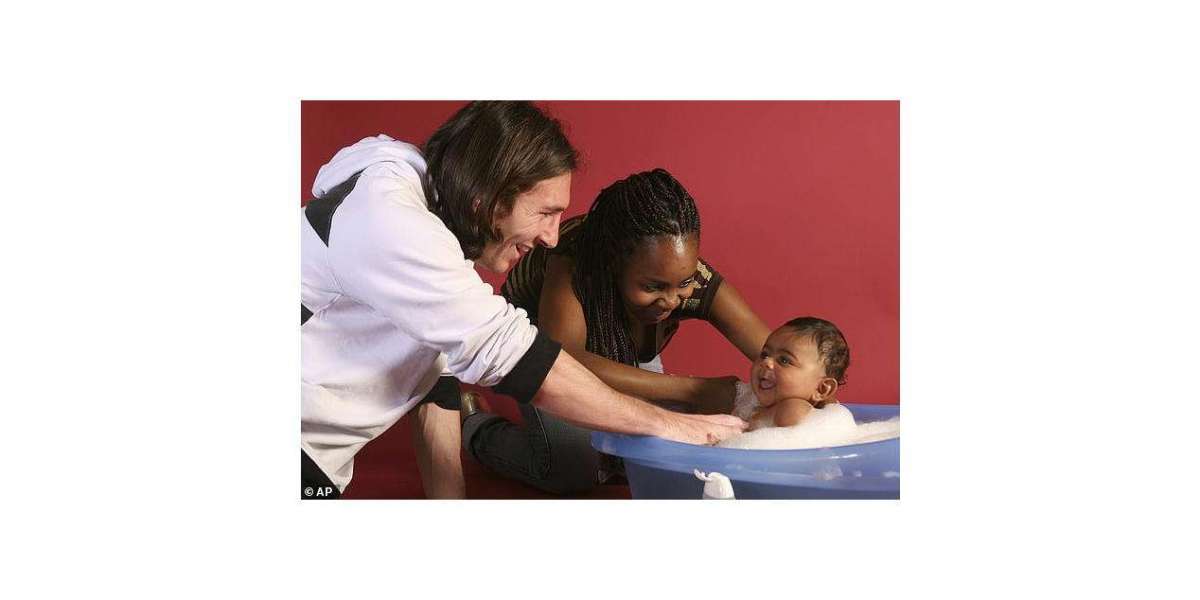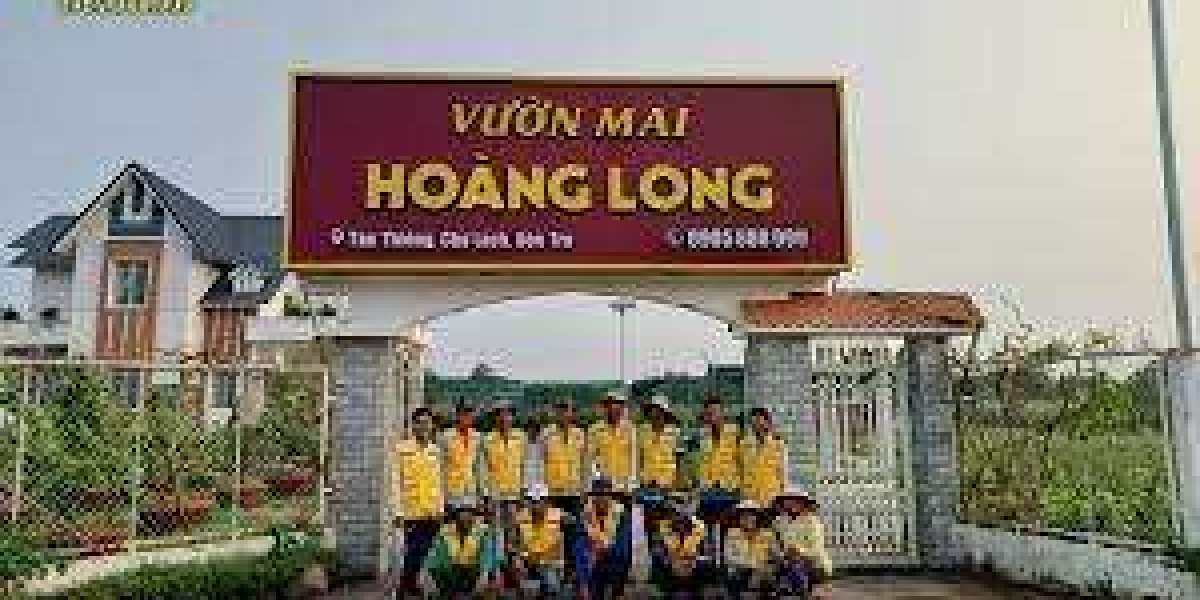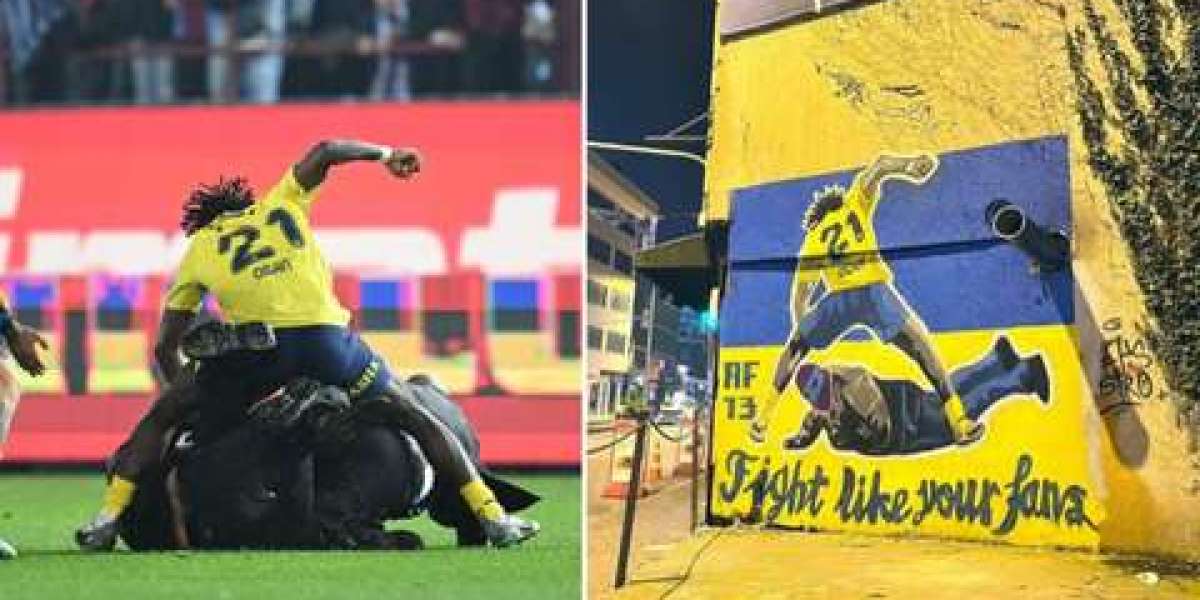INFLUENCE OF NORTHERN TRIBES (UKE ETHNIC GROUPS) ON THE TIV CULTURE
Almost everything in Tiv land today is a copy of the Uke Ethnic group. Uke Ethnic groups, as described by Sai, is a term used to refer to original tribes of what is now known as Northern Nigeria.
Hausa, Jukun , Chamba, and some of the water tribes that had settled around the river banks within what is now known as Sankera Axis in Benue State and Taraba State, down to Adamawa State. Some of them came as a result of other tribes interacting between other tribes. The water tribes refers to some of the tribes that their primary occupation was fishing, such as Jukun, ETULO, and a lot more.
At first, the Tiv Tribe was a friend of all the tribes within what is now known as THE MIDDLE BELT and had extended their positive image to the North as Far as Kano, Maduiguri and Sokoto long before the days of transatlantic slavery and Jihad
Everything in the TIV society was community based until the Tiv people started interacting with other tribes. For instance, if someone committed a crime like theft which is considered the ugliest of all crimes by Tiv people (Especially theft of food items), he/she would be taken to an open gathering (Most times in Orya’s compound) where the elders are charged with the responsibility of finding out the truth. There was no single authority but the common values of the people.
The warriors. would fall in line under one authority which was more of a VOICE than a person.
If rain washes the bridge, any man with a big Cow, Sheep or Pig would announce that he is ready to give it out to the society as a token for fixing the bridge. Automatically, everyone will be there at the appointed time and work done with love. All credit went to “TIV PEOPLE” or the name of the Big House or sub-clan or clan that did it until they learnt something differently from their interactions with the Uke Ethnic group
They discovered that an individual could be given a formal position as a leader of his people when they saw the Jukuns kneeling and throwing sand over their backs in front of one man called Aku Uka.
Back in the days, each big family made up of at least 5 generations or more would build a large compound that later became districts. Like that, they positioned themselves according to their sub-clans and Clans respectively. This is the same way they positioned their houses that were built around a mountain, or a hill, leaving the top of the mountain as a meeting point and that always end up as a market. The settlement at a mountain or hill was to be the headquarters until land became small.
When the Tiv people from the clans that now make up what is known as Sankera axis of Benue and Southern Taraba State started mingling with some of the water tribes of the Uke Ethnic groups, they learnt that one person could be formally appointed to rule over a certain sub-clan.
This gave birth to the idea of the word Tor (Chief), a Tiv word derived from Toro of the Uke Ethnic groups who were Elephant and Bull hunters.
They also learnt the greetings “Zaki” when Usman Dan fodio and his crew were touring TIV land in his first phase of Jihad which was purely ministering without violence
TOR AGBANDE
Tor AGBANDE in Tiv land is what made the name WUKARI popular. The Tiv people claimed that while Wukari is a name for one of the water tribes of the Uke Ethnic group, the wealthy TIV men as of then built Wukari as a result of Tor AGBANDE and other cultural exchange that they made with the Water tribes of the Uke Ethnic group.
This set of Chiefs were Traditionalists who were very wealthy and decided to cement their statues in their sub-clans. Some of them were appointed by the elders based on how strong they were spiritually and financially. The practice became popular throughout Tiv land after the Capital at Ibenda was dislodged in a conspiracy attack.
Each clan or sub-clans went separate ways or with their close relatives, with everyone trying to form a image for themselves separately.
Also, the process of becoming OR U HEMEN (The one in front) was corrupted with the Chamba culture of the Uke Ethnic group. The concept of a warlord was introduced when the warriors from Taraba and Adamawa discovered the idea of a KUR-U-ITYAV. Unlike the previous name OR U HEMEN ITYAV, literally translated as the person leading battlefield, the adopted the celebratory practice that had no impact on the battlefield.
Back in the days, the Tiv would plan their wars together, with everyone contributing everything they could. Loyalty to the spirit of brotherhood was key during the wars.
On the day of the war, the brave ones among them would choose to stay in front and die first.
The practice of Tor or Chieftaincy grew into something else when the Iôr Nyian finally had access to TIV Land and start appointing ATOR A IÔR NYIAN.
Some of them like Zaki Biam later became the first “Chief of staff of the Ukum clan, cementing his position of authority.
Because the Tiv had no practice of Kingship or crowning a Chief, they would go to the Aku Uka of the Wukari to be crowned. This practice soon engulfed TIV land and became a norm. Whoever wanted to become a Tor would spend a huge amount of money. Although other clans especially the Kparev clans together with their neighbors were cold and reluctant about the practice. They were engaged with the UDAM of other Atoatyev.
As time passed, the Tiv people could go to any of the water tribes around the Sankera and Taraba axis. To make the borrowed culture part of the Tiv culture, after doing the necessary things from the palace of Uke Ethnic group where they learnt it, they would return home and dress it with Swem cult. After dressing it with Swem.
It is worthy to note that this process of fully becoming Tor AGBANDE is said to have involved human sacrifice in the spiritual realm.
The Influence of the Hausa on the Tiv culture did not start with the Hausas directly, but some of the water tribes that made up the Uke Ethnic group who primarily spoke the Hausa language. Hausa was the main language of most of those water tribes, however, most of them like every other tribe in the MIDDLE BELT and Northern Nigeria maintained their identity.
Names of people, places and activities were named or renamed after their Hausa language models.
As much as the Tiv copied the Hausa speaking tribes, it was difficult to convert them to Islam except for a few, especially those based in Taraba, Adamawa and as far as Kano, Maduiguri and Sokoto.
The Uke Ethnic groups did not just influence TIV language and organizational structure, they also influenced the manner of dressing and behavior of influential people in Tiv society.
The history of Tiv people shows that they also learnt other crafts such as weaving, boat making and fishing from the water tribes of the Uke Ethnic group.
All the early Ator a TIV were dressed up in Uke Ethnic group attires or some inspired by them. The Tiv people preferred their leopard skin and pure leather from different animals, and had relied on it for generations until the reign of Uke Ethnic group influenced culture and now the popular zebra stripes
Ka mo✍️✍️ Tivzualumun ??
Read HISTORY OF TIV BY SAI.







